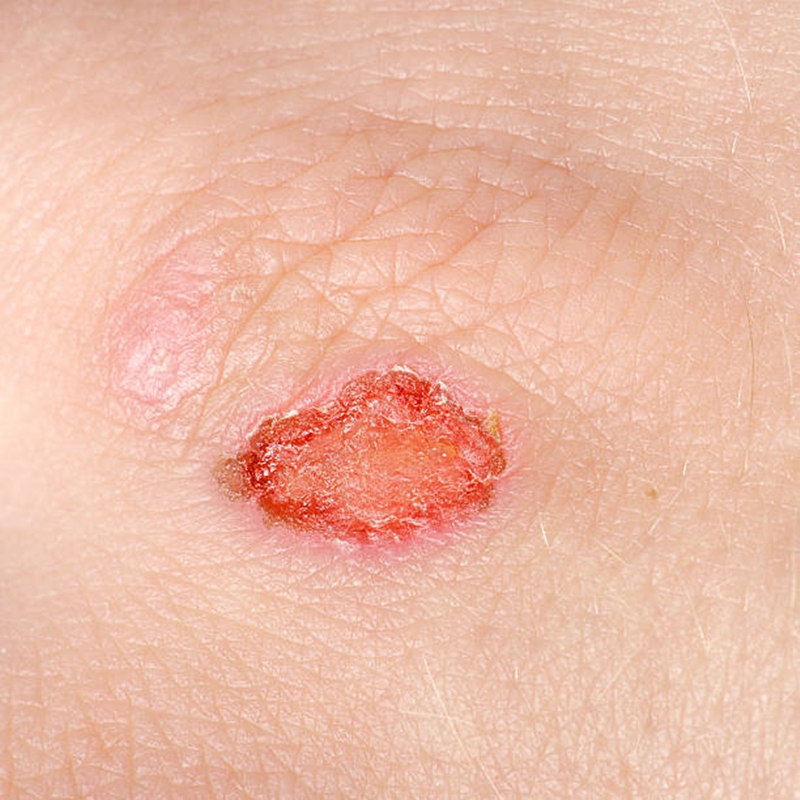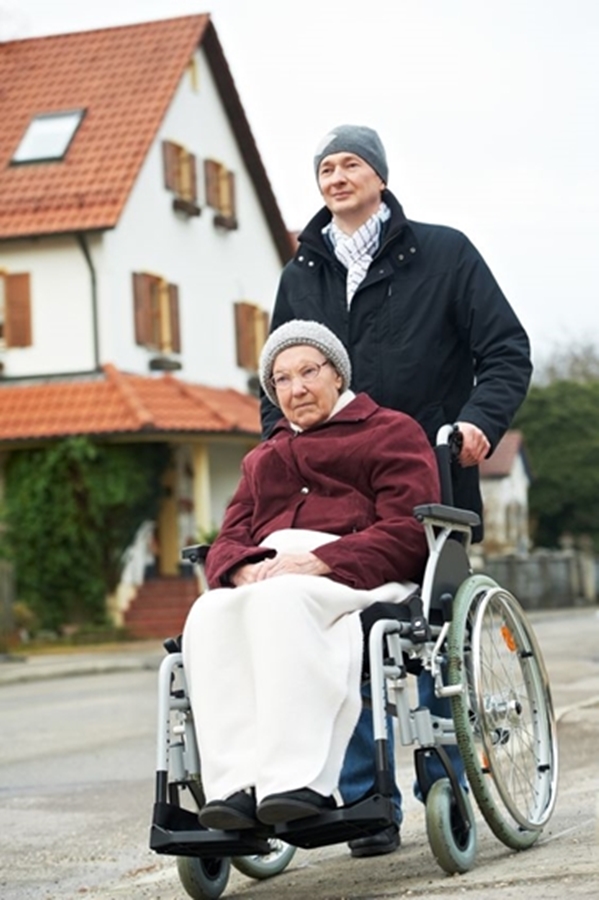For most of us, if we get a cut or scrape or even a deeper laceration, we start to heal immediately and in a few days or weeks, it’s much improved. The skin has miraculous healing powers. Immediately after a cut, the body clots the bleeding, sending white cells and special chemicals to the site to fight off infection, and within hours, new cells start replacing those lost. It’s awesome how God created such an amazing process for regeneration within our own bodies that takes place day after day.
When everything in the body works properly, skin breakdown is not a big deal, but that’s not always the case with an MS patient. For one thing, MS is an auto-immune condition, meaning the body already has it out for itself. Therefore, it’s NOT working properly much of the time. Then, if there are mobility issues, the circulation to areas that do not move as well is often impaired and slows down wound healing. On top of that, if you’re taking an interferon like Rebif, you could suffer from a decrease in the production of replacement cells. And on top of that, if you’re on steroids, your wound healing is impaired. So, getting a skin tear is a big deal with a wheelchair-bound, basically immobile individual.
That being the case, when I bathe Lynn, I try to check out his skin and watch for any cuts or scrapes that might be present. He gets a lot of skinned elbows because he doesn’t pull in his arms as he should when rounding a corner into a room(and no, he won’t wear elbow pads; I’ve tried). Usually, those heal pretty well because he moves his arms more than his legs.
My greatest worry, though, is open wounds on his buttocks. He has two almost pin-head size openings on his buttock near his coccyx. Not a good place to have one. He can’t sleep in a bed right now because his legs are so uncomfortable, so he sits in his wheelchair probably 22-23 hours a day–that’s a lot of time sitting on one part of the body; plus, he doesn’t move his core very much. He can’t reposition himself in his chair other than to tilt his chair backward so he can slide backward.
Therefore, getting a wound on his coccyx area is a big deal. There is always a risk of more shearing with movement, and the pressure reduces circulation to the area.
He has had buttock wounds before, and I’ve tried various types of skin barriers and patches to treat them. The patches, even though designed for wounds, often tear the skin in other places when they are removed due to the adhesive. I’ve had small areas the size of pin-heads enlarge in a week to wounds the size of a quarter due to the removal of bandages or dressings. It’s very discouraging and something to watch very carefully.
I know from when I was working as a nurse that patients who do not manage skin wounds well can die just from the horrible wounds and infections that develop over time. I also know that, at times, the layers of tissue under what appears to be a scab often continue to deteriorate. Wound care is very complex. If the person you’re caring for gets a wound that keeps getting bigger rather than smaller and isn’t in time, showing the nice pink edges of healing, or if the wound starts to smell or drain a lot, see a doctor or wound specialist pronto. Skin wounds are nothing to ignore. Take them seriously, and don’t wait too long to have someone who knows how to treat them properly take a look. If you don’t, the results can be tragic.



